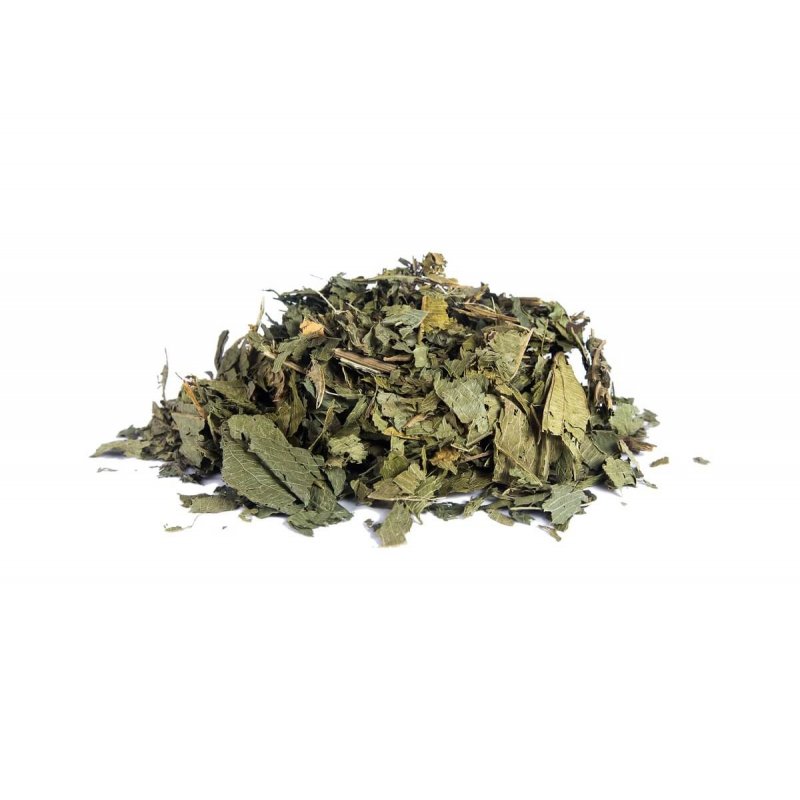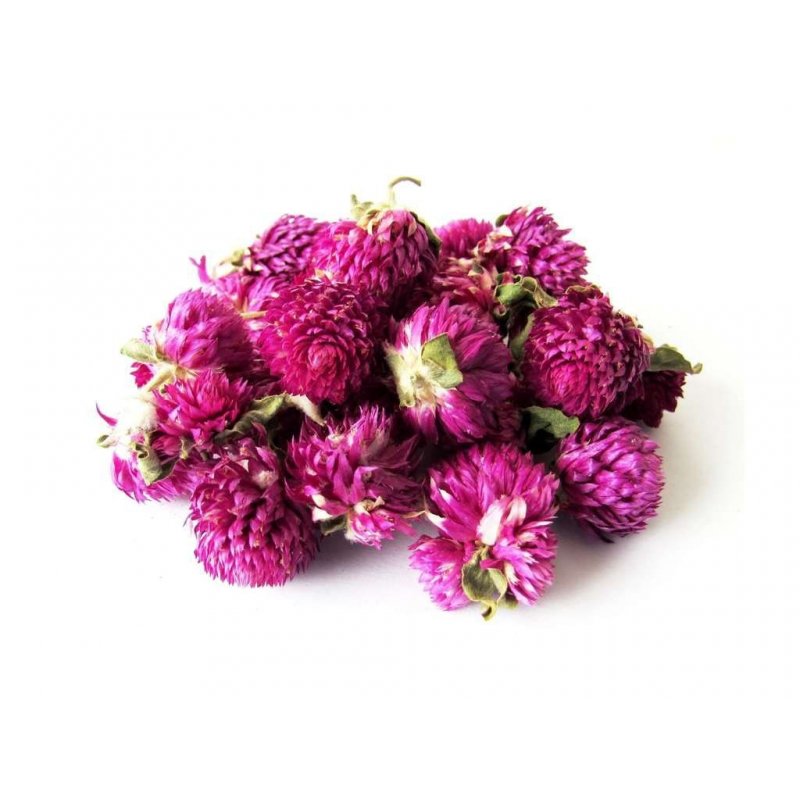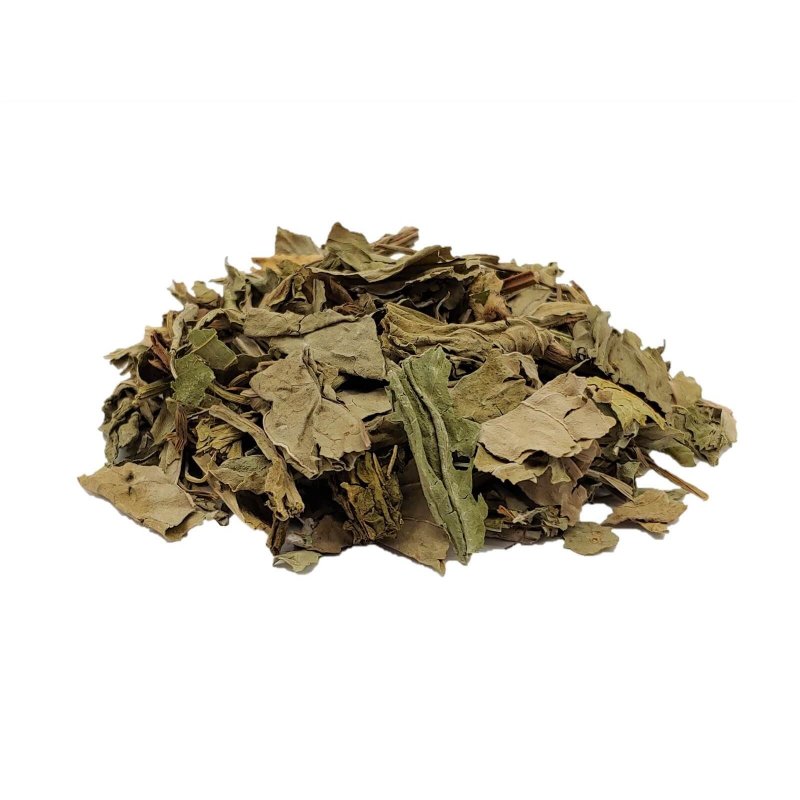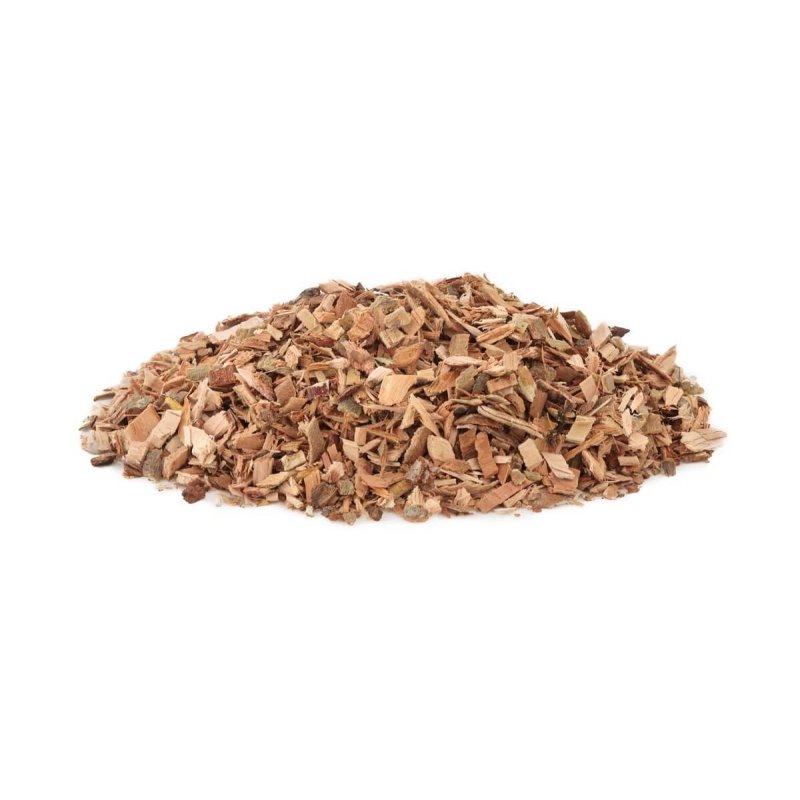Leather Hat "Chapéu-de-Couro" (Echinodorus macrophyllus)
Cough | Inflammations | Hypertension

Fast delivery worldwide
Sent by: DHL, DPD, UPS, MRW, CTT
Leather Hat “Chapéu-de-Couro” Tea
Ingredients: 100% Leather Hat in leaves (Echinodorus macrophyllus).
Curiosities:
Leather Hat Tea – corresponds to a medicinal tea usually used to treat inflammations in the throat, stomach, kidneys, intestines, bladder, and joints, even as to combat the effects of excess uric acid. It can also be consumed to indirectly promote slimming and weight loss due to its diuretic and depurative properties. Although it is a mild laxative, Leather Hat Tea can help relieve symptoms caused by constipation, urinary tract infections, arthritis, hypertension, gout, kidney stones, flu and fluid retention.
Part of the benefits of the Leather Hat may be due to its protective action, which may contribute to kidney and liver regeneration after prolonged medication intake. It is made from the leaves or roots of the Leather Hat plant, known for its broad, rigid leaves, similar in appearance to the leather. In its natural state can be used in refreshments (PANC). In Brazil, it is common to use the name “swamp herb” since this plant is found in natural spaces with frequent water flows.
There are two varieties of Leather Hat plants full of mineral salts: Echinodorus macrophyllus and Echinodorus grandiflorus. Both contain diuretic and depurative properties that are beneficial for gastric, intestinal, renal and urinary well-being.
Water temperature: 100º
Infusion time: 10 minutes
Recommended quantity: 2 tablespoons per liter (1L) of water. It is recommended to consume 2 to 3 cups daily without any sugar or sweetener.
Preparation: place 2 tablespoons in a container with a liter (1L) of boiled water. Then cover the container, and let it rest for 10 minutes. Finally, strain and let it cool a little before consuming. It's recommended to consume the leather hat tea in a hot state after preparation or during the first 24 hours. This need is due to the maximum enjoyment of its nutrients.
Store in a dry (max. 20º) and cool (max. 60% humidity) place.
NOTE: The image shown is just a suggestion for presentation, and the type of cut and dimensions of the plant may vary in supply or time of year, keeping all the quality, features, and properties of the tea unchanged.




 Reviews
Reviews 



